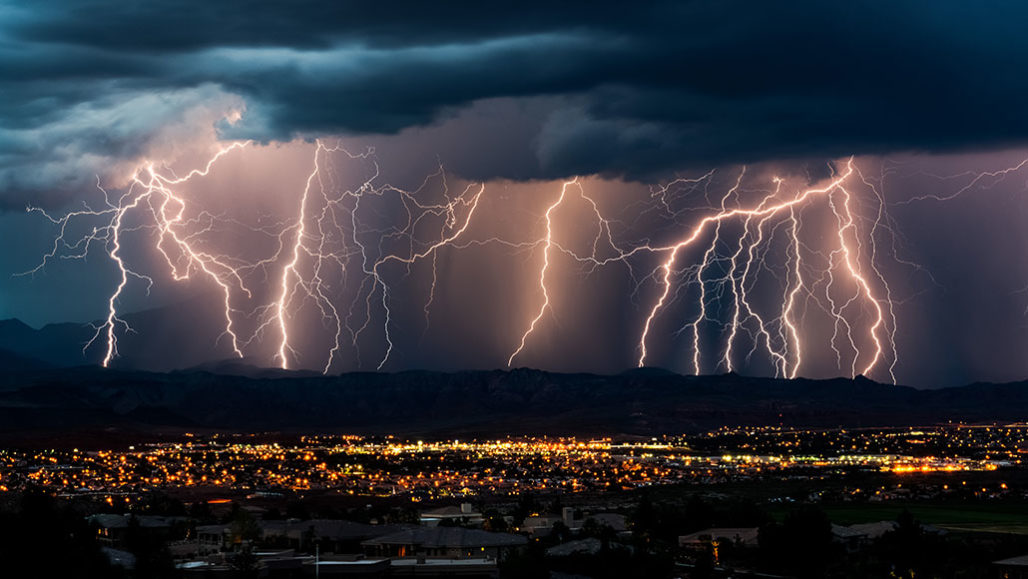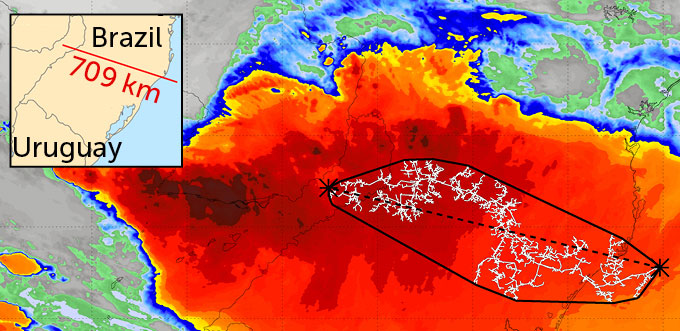antenna: (in physics) Devices for picking up (receiving) electromagnetic energy.
archive: (adj. archival) To collect and store materials, including sounds, videos, data and objects, so that they can be found and used when they are needed. The term is also for the process of collecting and storing such things. People who perform this task are known as archivists.
array: A broad and organized group of objects. Sometimes they are instruments placed in a systematic fashion to collect information in a coordinated way. Other times, an array can refer to things that are laid out or displayed in a way that can make a broad range of related things, such as colors, visible at once. The term can even apply to a range of options or choices.
Atlantic: One of the world’s five oceans, it is second in size only to the Pacific. It separates Europe and Africa to the east from North and South America to the west.
climate: The weather conditions that typically exist in one area, in general, or over a long period.
GPS: Abbreviation for global positioning system, which uses a device to calculate the position of individuals or things (in terms of latitude, longitude and elevation — or altitude) from any place on the ground or in the air. The device does this by comparing how long it takes signals from different satellites to reach it.
meteorology: (adj. meteorological) The study of weather as it pertains to future projects or an understanding of long-term trends (climate). People who work in this field are called meteorologists.
network: A group of interconnected people or things. (v.) The act of connecting with other people who work in a given area or do similar thing (such as artists, business leaders or medical-support groups), often by going to gatherings where such people would be expected, and then chatting them up. (n. networking)
online: (n.) On the internet. (adj.) A term for what can be found or accessed on the internet.
satellite: A moon orbiting a planet or a vehicle or other manufactured object that orbits some celestial body in space.
technology: The application of scientific knowledge for practical purposes, especially in industry — or the devices, processes and systems that result from those efforts.
weather: Conditions in the atmosphere at a localized place and a particular time. It is usually described in terms of particular features, such as air pressure, humidity, moisture, any precipitation (rain, snow or ice), temperature and wind speed. Weather constitutes the actual conditions that occur at any time and place. It’s different from climate, which is a description of the conditions that tend to occur in some general region during a particular month or season.
World Meteorological Organization: Created in 1950, this is a special agency of the United Nations. More than 190 nations and territories belong to WMO, which serves as the official “voice” on the status of the planet’s atmosphere and how it is behaving. WMO is based in Geneva, Switzerland.









